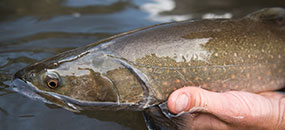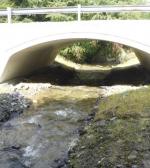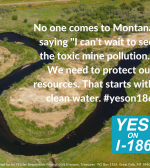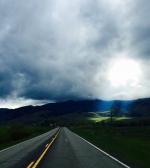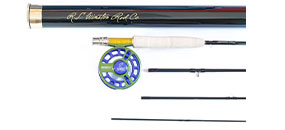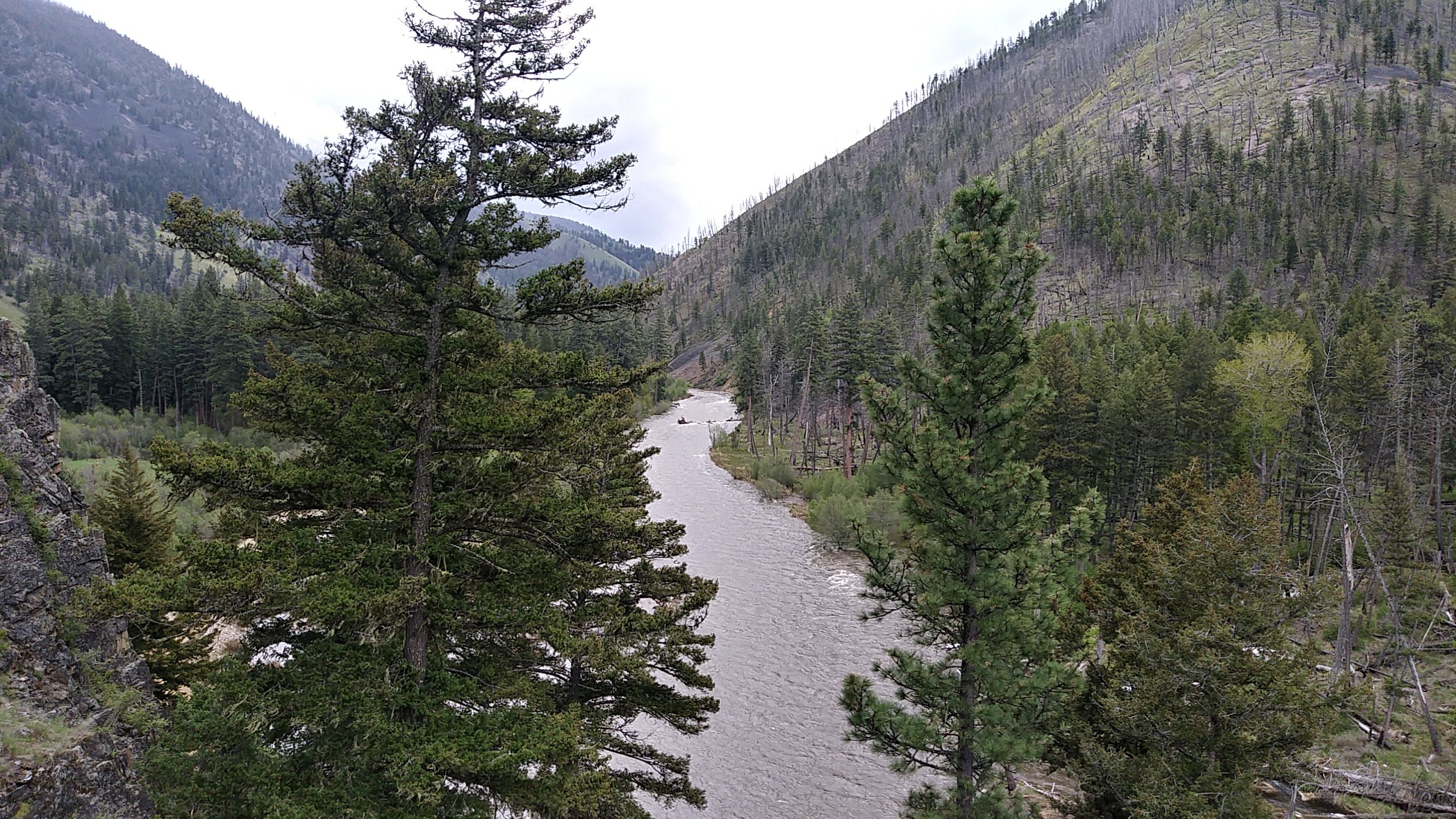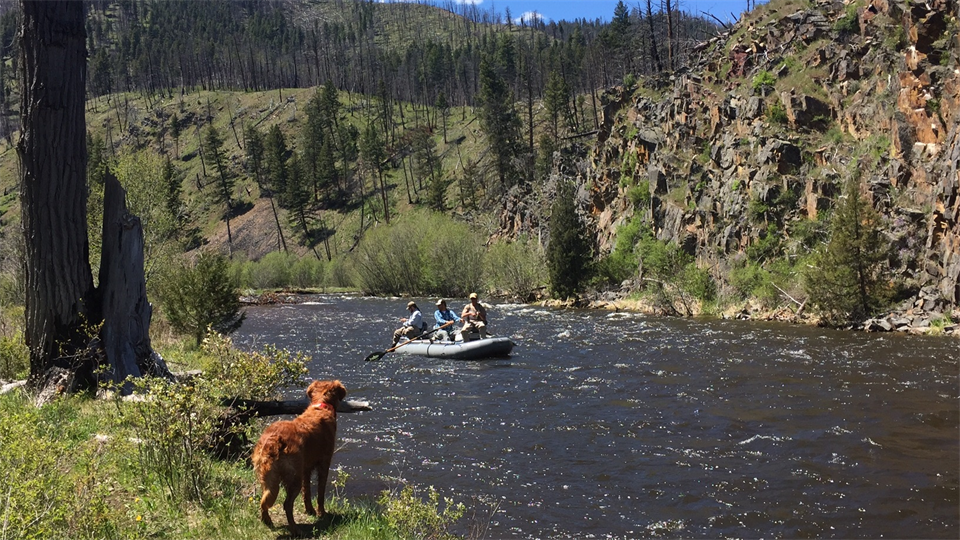If you've spent much time fishing in Montana, you're probably familiar with Rock Creek just outside of Missoula. While it's importance to fly anglers has been long known, it's key role in trout recruitment for the Clark Fork River is starting to come to light.
With that in mind, Trout Unlimited brought in Tess Scanlon, Rock Creek Project Coordinator.
Tess sat down and gave us a little insight into what drives her to work and what's in store for Rock Creek:
1. First things first: What drew you to conservation?
Love of the mountains and ecology- what else? I grew up across the United States- beginning on the west coast and ending on the east, with stops including Colorado and the mountains of North Carolina in between. Like many others in this field, I sought to explore prairies, the alpine tundra, creeks with hidden waterfalls, elk breeding grounds- places that humbled my humanity. The 'ol familiar thrill of adventure was what drove my initial fascination with conservation and the ecological processes supporting those landscapes that I too depend on.
2. Tell us about the work you’re doing on the Clark Fork
I work with a team of project staff within Trout Unlimited's Clark Fork River Project. We all work in the Clark Fork River Basin in Western Montana- the largest watershed in the state. Within this basin is the iconic Rock Creek blue-ribbon trout fishery that supports substantial populations of native bull trout, westslope cutthroat trout, as well as other trout and wild fish populations. Located just 20 miles east of Missoula, it is here that I focus my work and manage our new Rock Creek Program.
This program was largely established because of recent otolith studies that confirm Rock Creek recruits more trout to the Clark Fork River than most tributaries, and also because climate science shows this watershed as a potential key fishery that can offer regional refugia to trout in the face of rising stream temperatures. Yet a combination of risks also pose challenges to the resiliency of this naturally strong fishery including agricultural impacts, angling pressures, and habitat fragmentation.
As the Rock Creek Project Coordinator, my goal is to protect and enhance the aquatic resource and also address other resource issues in the watershed. Our strategy is to develop long-term efforts to benefit the fishery, local community, and as well as the public. This means that I work with our local Westslope TU chapter and other TU chapters, landowners, outfitters, and resource managers to address factors that limit the fishery and come up with community-based solutions to resource issues in the watershed.
3. How does it all play out on a daily basis?
On a day-to-day basis, this mean that sometimes I have to raise money by attending annual dinner extravaganzas (yes, that is an official title) and going fly-fishing while talking about our project work. Other times it means knocking on a ranchers door to walk the creek, looking for opportunities to enhance fish habitat. Mostly, it means convening private landowners with resource managers to discuss our common interest in supporting the vitality of this watershed. Together, we can assess priority goals and work toward improving fish passage connectivity and habitat.
The Clark Fork River Project began fifteen years ago and now has six full-time Trout Unlimited project managers that are dedicated to collaborative restoration in the Clark Fork River and its tributaries. Our Clark Fork River Project's (@clarkforkunlimited) mission is to "restore the core, and reconnect the rest". Our simple, yet effective vision is achieved through strategic habitat improvement, mine reclamation, fish passage and water conservation work in the Clark Fork River Basin. With landowners, partners, and other stakeholders in the basin, myself and the rest of the Clark Fork Team implement projects to reconnect, restore, sustain, and maintain the cold-water habitat and fisheries of this iconic river basin.
4. What's special about the Clark Fork?
The Clark Fork is unique because of its beauty and its troubled past. Everyone who lives here knows about the superfund site that begins at its headwaters and extends to Missoula. Yet- if you didn't know that its headwaters were contaminated from heavy copper and other hard-rock mining- you'd never know. In many ways, the watershed is idyllic. The landscape and fishing are impeccable- despite the historic land use. The people that work within the Clark Fork River Basin know that it's no easy task. Yet, the beauty and the potential to mitigate some of the past damage is what makes it worthwhile. It's inspiring..I moved to Montana for the mountains, and I stayed because of the community dedicated to conservation here.
5. What’s your most memorable experience on a river?
Well my most memorable experience may not be the kind of story that most people are likely to share. Yet, sometimes formative memories are not as beautiful as they are raw. Crossing Cache la Poudre during high water as a child, I was holding hands with a chain of much older relatives. And I broke loose. Traveling downstream in the Cache La Poudre Canyon outside of Colorado, before it was warm enough for the parents to even put their toes in, my father rescued me after I could no longer keep myself above water due to the cold—and also probably due to the amount of water I had swallowed. While I think it actually scared everyone else more than me, it was still at a young age that I learned the power of water in a steep canyon river. I'll never forget it. It's that power that draws me to work in these mountain streams.
— Shauna Stephenson


